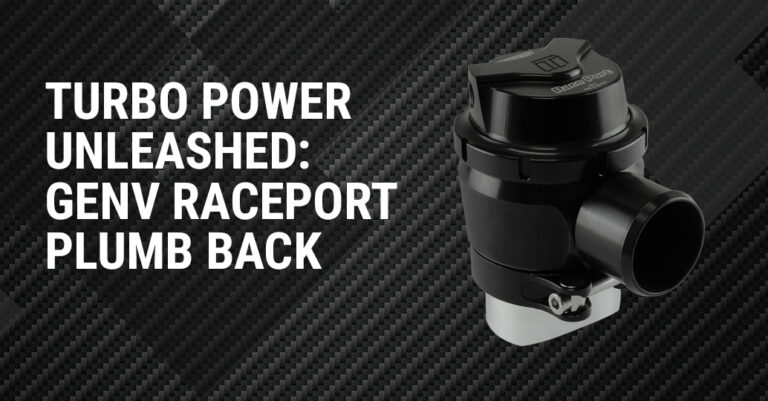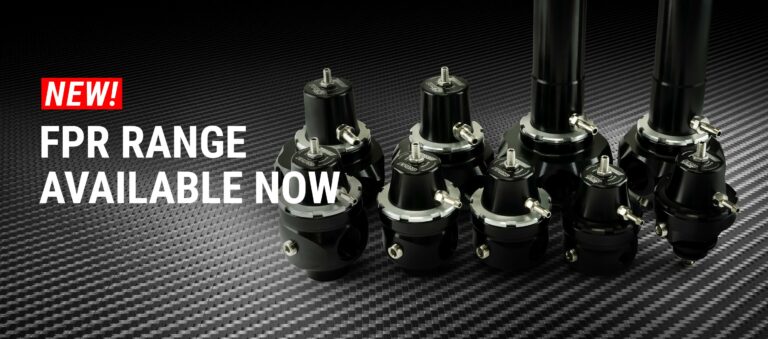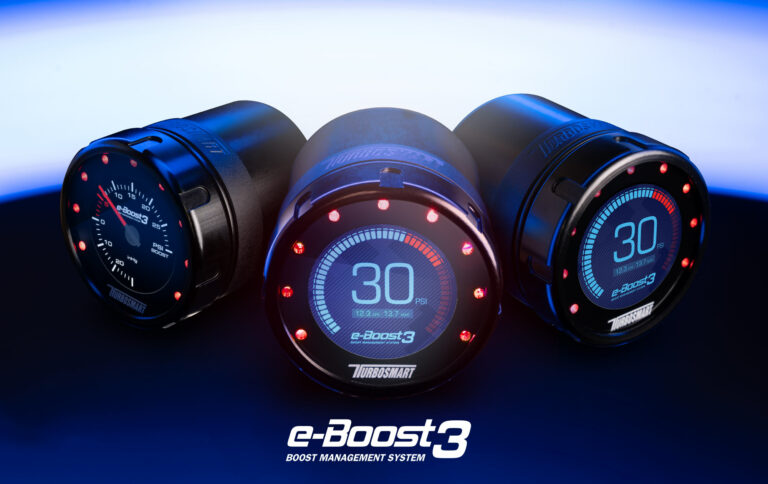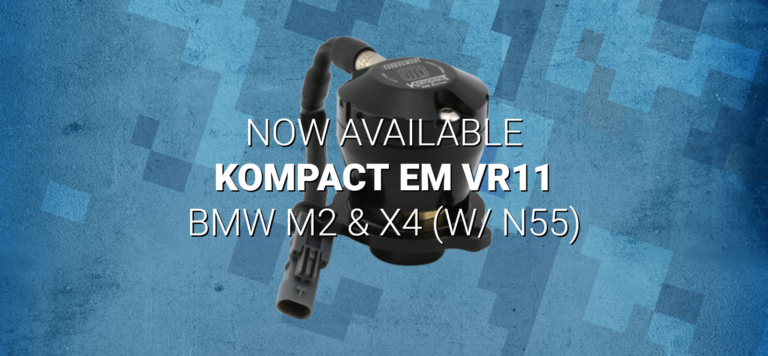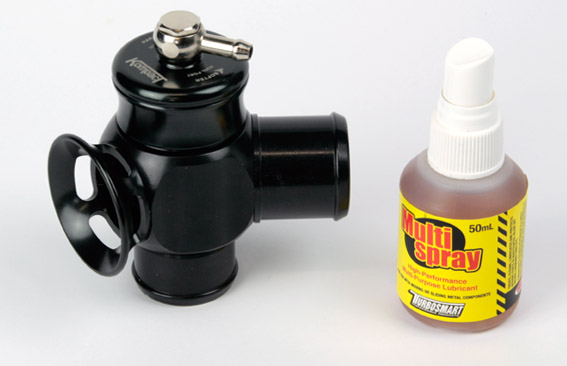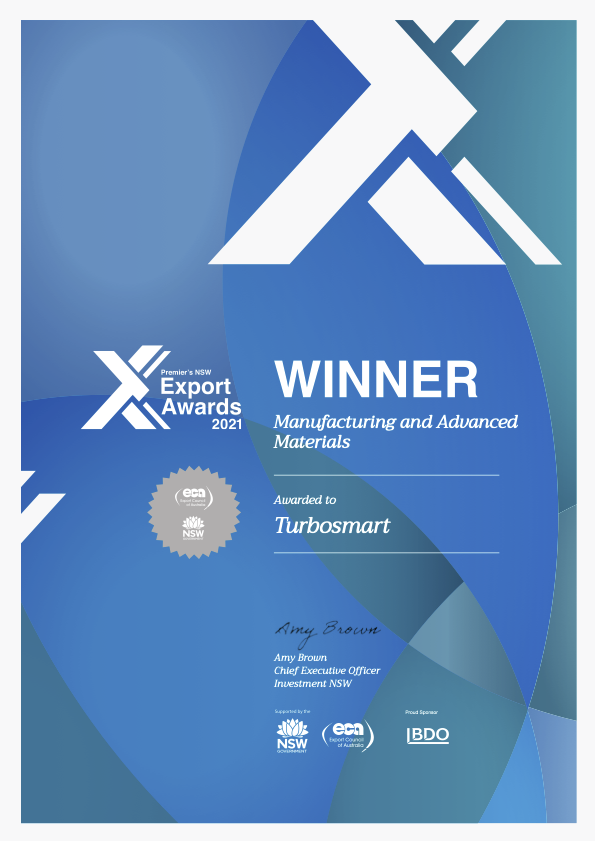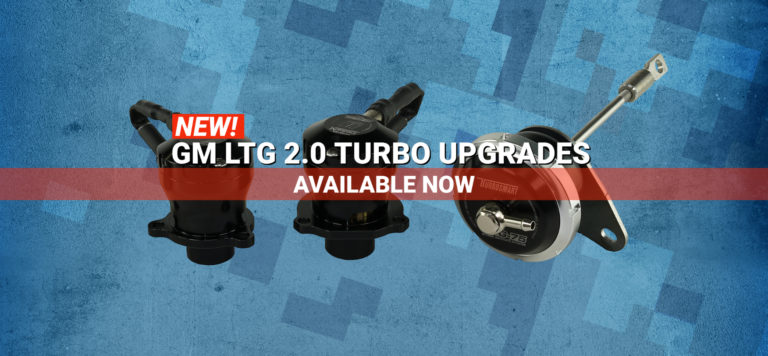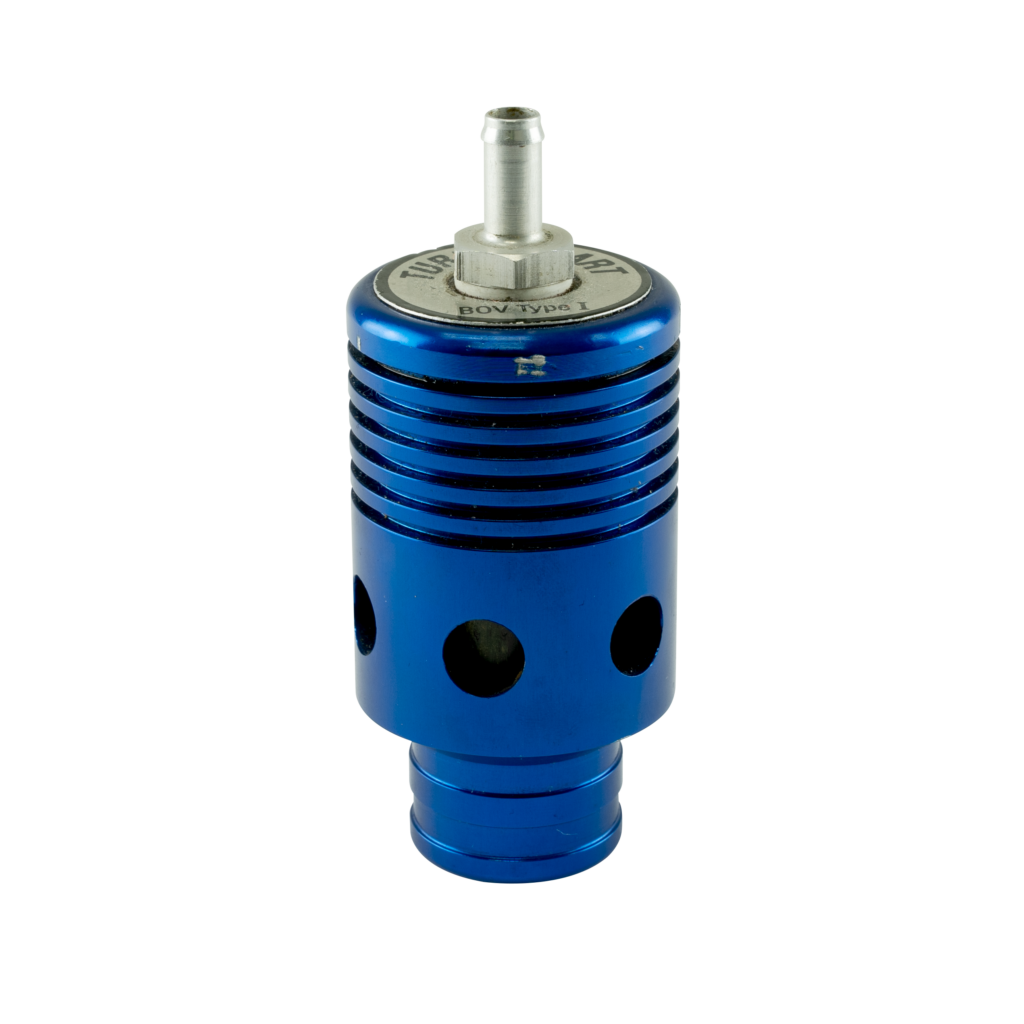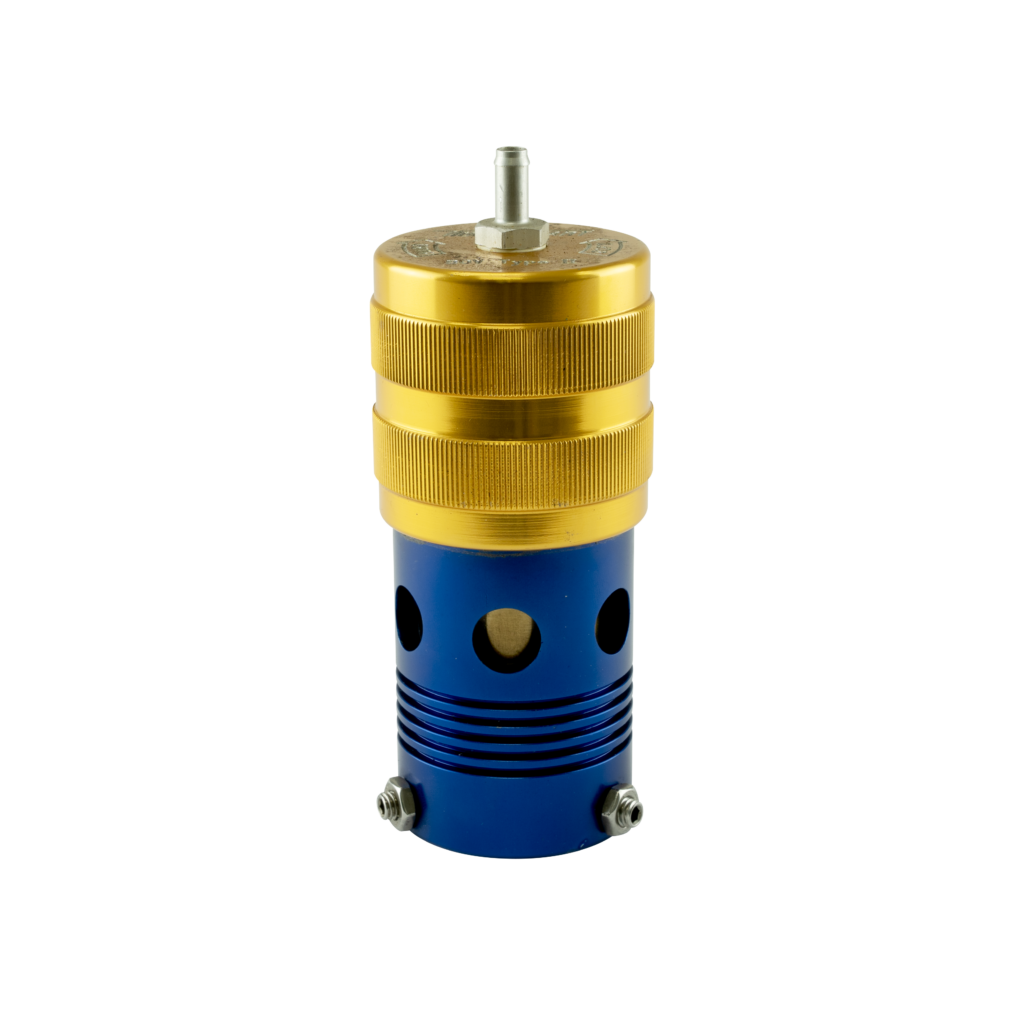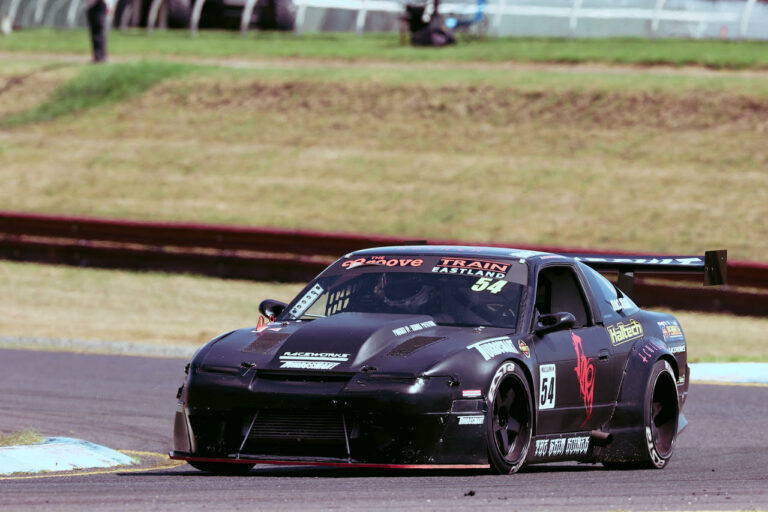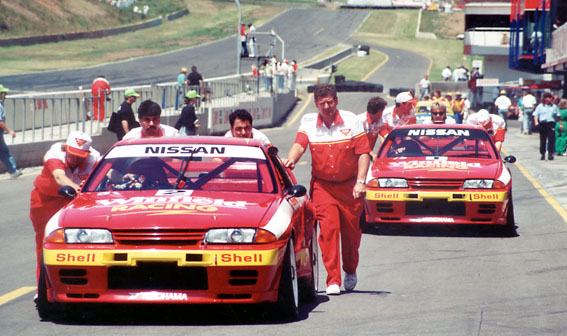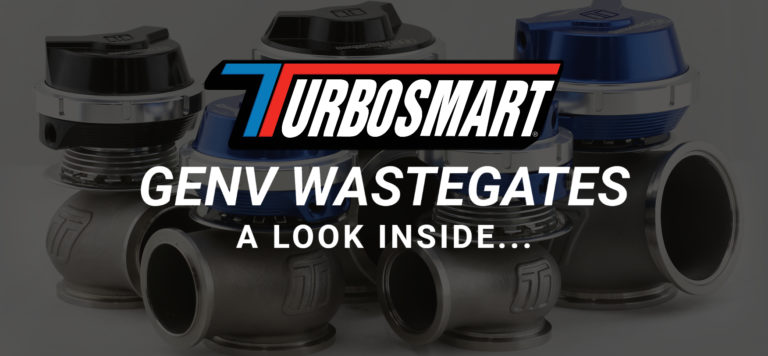Highlights from the Yokohama World Time Attack Challenge 2023
Breaking Records and Making History: The annual Yokohama World Time Attack Challenge
The annual Yokohama World Time Attack Challenge is no stranger to pushing boundaries, breaking records, and leaving automotive enthusiasts in awe. This year’s event, held under the cool and sunny spring skies, was spectacular. Pro, Open, and Clubsprint classes reset their lap records, some more than once, making this edition one for the history books.
From the moment the engines roared to life on Day 1, it was evident that something extraordinary was in the air. Teams wasted no time, taking advantage of the near-perfect weather conditions during the early morning sessions. Lap times tumbled, and the stage was set for an epic showdown.
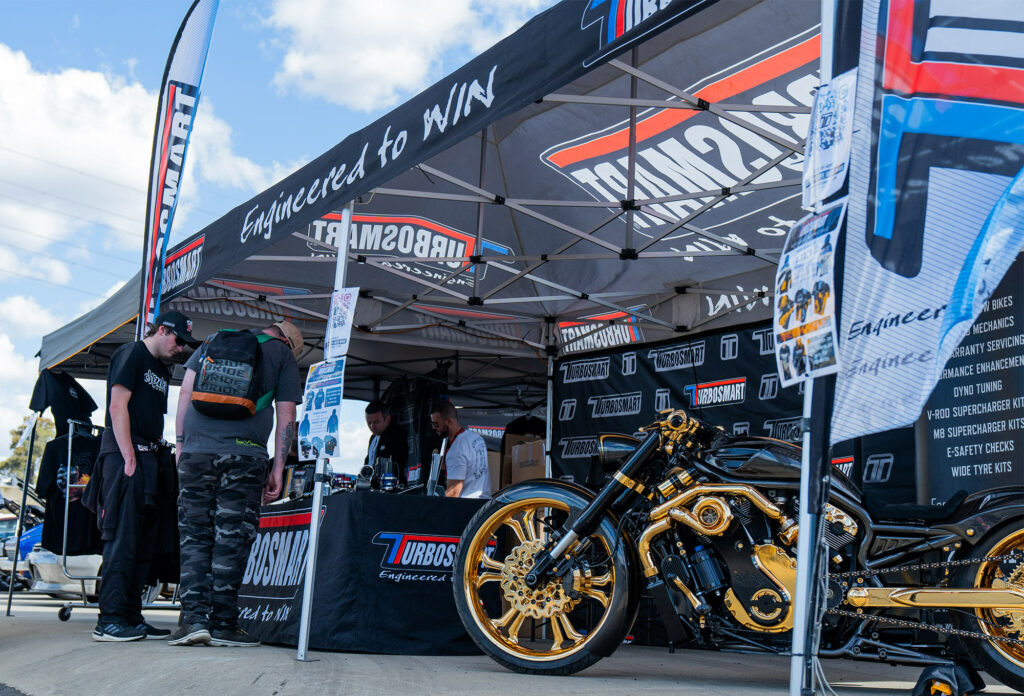
Sydney Motorsport Park
Day 1 showed plenty of promise, with all classes improving on their 2022 times; it wasn’t until the evening of Day 2 that the true champions emerged, though. The Superlap Shootout, held under the mesmerizing glow of newly installed track lighting at Sydney Motorsport Park, delivered an epic finale with spectators on the edge of their seats. But before we get to the superlap shootout, there is an even bigger competition to be run and won, the Turbosmart flying 500 head to head.
Turbosmart Flying 500
Turbosmart Flying 500 Head to Head at World Time Attack Challenge 2023
In a major change to the well-loved Turbosmart Flying 500 Format, 2023 saw, for the first time, cars racing side-by-side competing for the title of 2023 Turbosmart Flying 500 champion.
A star-studded 16-car field hot-lapped back-to-back passes down the main straight of Sydney Motorsport Park in a roll racing style format until only two were left standing. A head-to-head battle between two of the most powerful street cars on the planet – and the scene couldn’t have been more perfect.
A twin-turbo Lamborghini vs a 30-year-old Datsun
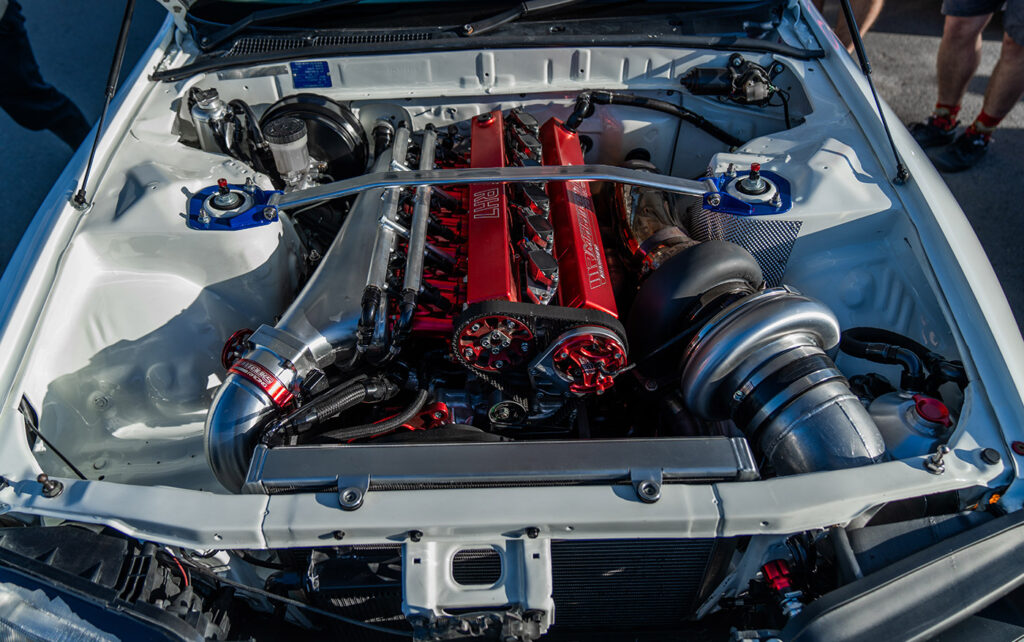
A twin-turbo Lamborghini vs a 30-year-old Datsun may not sound like a fair fight, but this is no ordinary Datto. This is the infamous Maatouk’s built RH7 R32GTR Skyline, and if you are familiar with the local roll-racing-or-drag-racing-scene, you will know this car has what it takes to give the Lambo a run for its money.
The 4WD drivetrain of the GTR gives RH7 the advantage it needs to hold out the Lambo and claim victory in the first Turbosmart Flying 500 Head-to-Head event.
The Masterclass: RP968 Porsche
The RP968 Porsche, a true force to be reckoned with, left its mark on WTAC history by securing its fourth consecutive outright win. Barton Mawer’s masterful performance included a record-breaking 1:18.8 run on Day 1, only to be bettered by himself on Day 2 with a 1:17.86, setting a new lap record and clinching the Emtron Pro class for 2023.
Open Class to the Extreme: Xtreme GTR
Tim Slade took the Xtreme GTR to extremes, finishing with a jaw-dropping time of 1:25.9260. Not only did this secure victory in the Open Class, but it also set a new Open Class lap record.
Nathan Morcom and the Global Aircraft Services Team faced engine troubles on Friday but returned strong, finishing as runners-up in the GCG Turbos Open Class. Benny Tran in the BYP Honda Integra claimed the final spot on the podium with a time of 1:28.581.
The International Contingent Returns
With COVID travel restrictions a thing of the past, the Yokohama World Time Attack Challenge welcomed an impressive international contingent with open arms. Team USA and Japan fielded strong entries, joined by Team New Zealand in the Garrett International Drifting Cup.
The American Invasion
Feras Qartoumy, flying the star-spangled banner in his pits, impressed in the Plazmaman Pro-Am class with a remarkable time of 1:27.016. Despite facing a steep learning curve, having only toured the track as SMSP for the first time on Thursday, the twin-turbo, 7L Z06 Corvette impressively led the class from day 1.
Lyfe Motorsport
The Lyfe Motorsport crew faced early transmission troubles but rebounded impressively. The Lyfe R35 was performing double duties over the weekend, with Cole Powelson behind the wheel in the Pro Class and Jeremiah Button of Donut Media fame taking the reigns in Pro-Am. Powelson was able to wheel Lyfe R35 GTR to a time of 1:25.945, earning a podium place in the Emtron Pro class, while Button laid down an impressive 1:31:48 in the Plazmaman Pro-Am class.
Tim Slade in the S13
The lone local on the Pro-Class podium was Tim Slade in the S13, formally known as Hammerhead, now rebranded as the Tanuki S13. Unfortunately, the new livery didn’t come with much good luck when a rear suspension failure sent the vehicle into the wall with Wayne Lee driving it in the pro-am class. Still, Slade’s blistering 1:20:54 held the second spot on the Pro-Class podium between the Americans.
Mike Burroughs K-swapped Ferrari
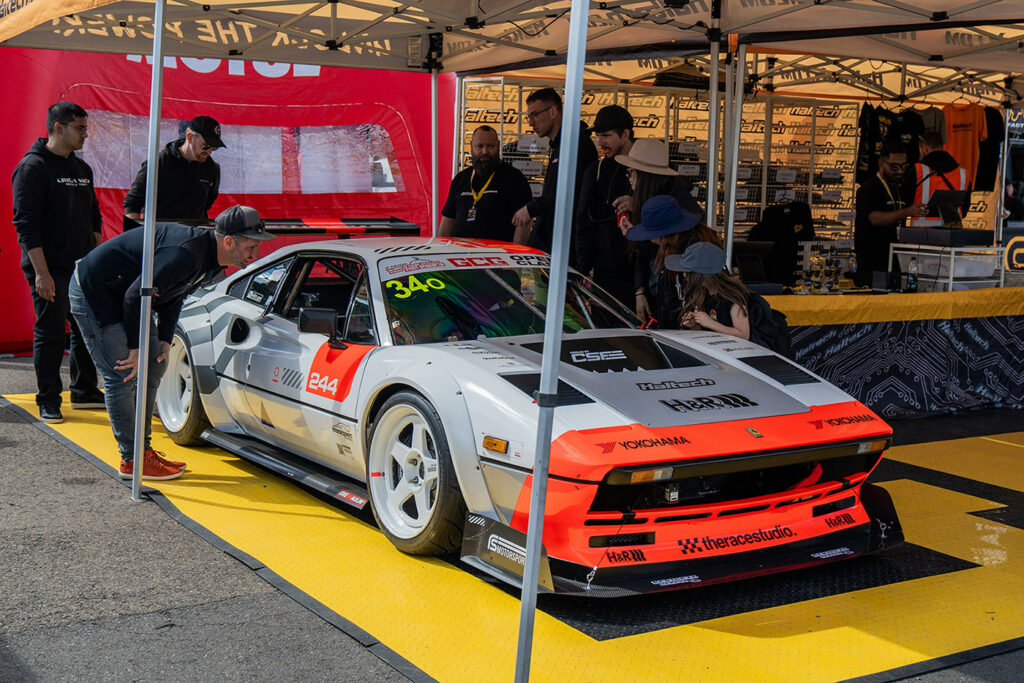
Speaking of Americans, Stanceworks’ Mike Burroughs brought his K-swapped Ferrari to WTAC for the very first time.
Mike had throngs of adoring fans ogling his K-swapped Ferrari over the weekend. However, many feared they wouldn’t see him hit the track, unfortunately, as he faced a massive gearbox blowout on day 1, but Mike and his team worked deep into the night swapping in a new transmission thanks to the guys at JDM Yard, who just happened to have the parts in stock.
This was no easy task – it’s not as though you can buy off-the-shelf parts for these one-off custom builds, but that’s where this WTAC community thrives – rumour has it the CNC mill at Plazmaman was running overnight, cutting a handful of custom engine and transmission mounts to get Mike back in the game. The late-night elbow grease got the job done, and Mike could lap the Eastern Creek facility faultlessly on day 2 of competition.
Haltech Clubsprint: A Hotly Contested Class
The Haltech Clubsprint class saw intense competition, with class records broken twice. Trent Grubel in the DC Jap Subaru secured the top spot with a blazing time of 1:32.919, breaking the previous record.
Other things you may have missed!
Several drivers showcased exceptional skill and determination. Mitsuyoshi Nishio Shibata Yusaku joined the sub 1:30 club, while Tetushiro Kurokawa dipped into the 1:20s for the first time with a 1:29.093 in the Arvou Racing S2000.
A walk down Memory Lane
The 2023 Yokohama World Time Attack Challenge will be remembered as an event of record-breaking performances, intense competition, and camaraderie among enthusiasts. As the engines fell silent and the lights dimmed, one thing was certain: this year’s event had etched its place in the annals of motorsport history.
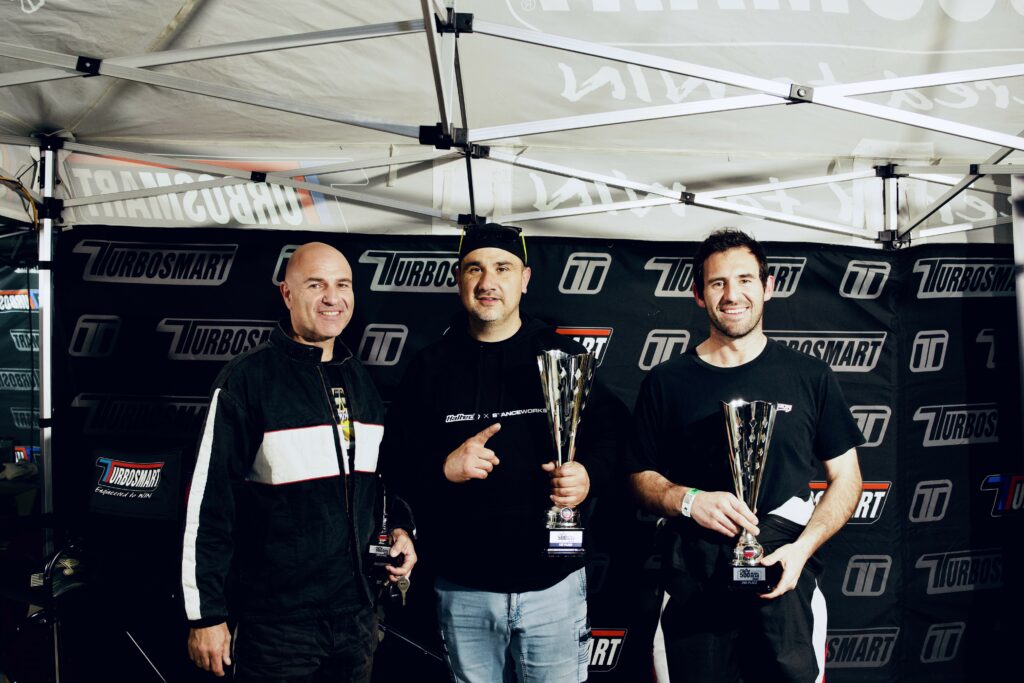
Here is a handy self-help guide to helping you with your Turbosmart install and answers to some of the most frequently asked questions we get here. Turbosmart recommends that you get your products fitted and tuned by a qualified technician. If you choose to install the product yourself, ensure you have all the necessary tools and technical knowledge to perform this task.
Thank you for picking up the latest Turbosmart catalogue. As we look back on 25 fantastic years of innovation and growth, we continue to look towards the future as we release some revolutionary new products that will cement our reputation as innovators and market leaders.
Please contact us here and fill out a quick form so that our team can efficiently help you!
Custom setup and need advice?
Find products to suit your car
About Turbosmart
From our humble beginnings to establishing ourselves as a global brand. Turbosmart is well on track to lead the future in turbo technology.
Our engineers, build and track test all products in-house. Therefore, we ensure we’re continuously producing the highest quality blow-off valves, wastegates, boost controllers, gauges, pressure regulators, and hoses. For this reason, our products are designed to be used on both track and street applications.

